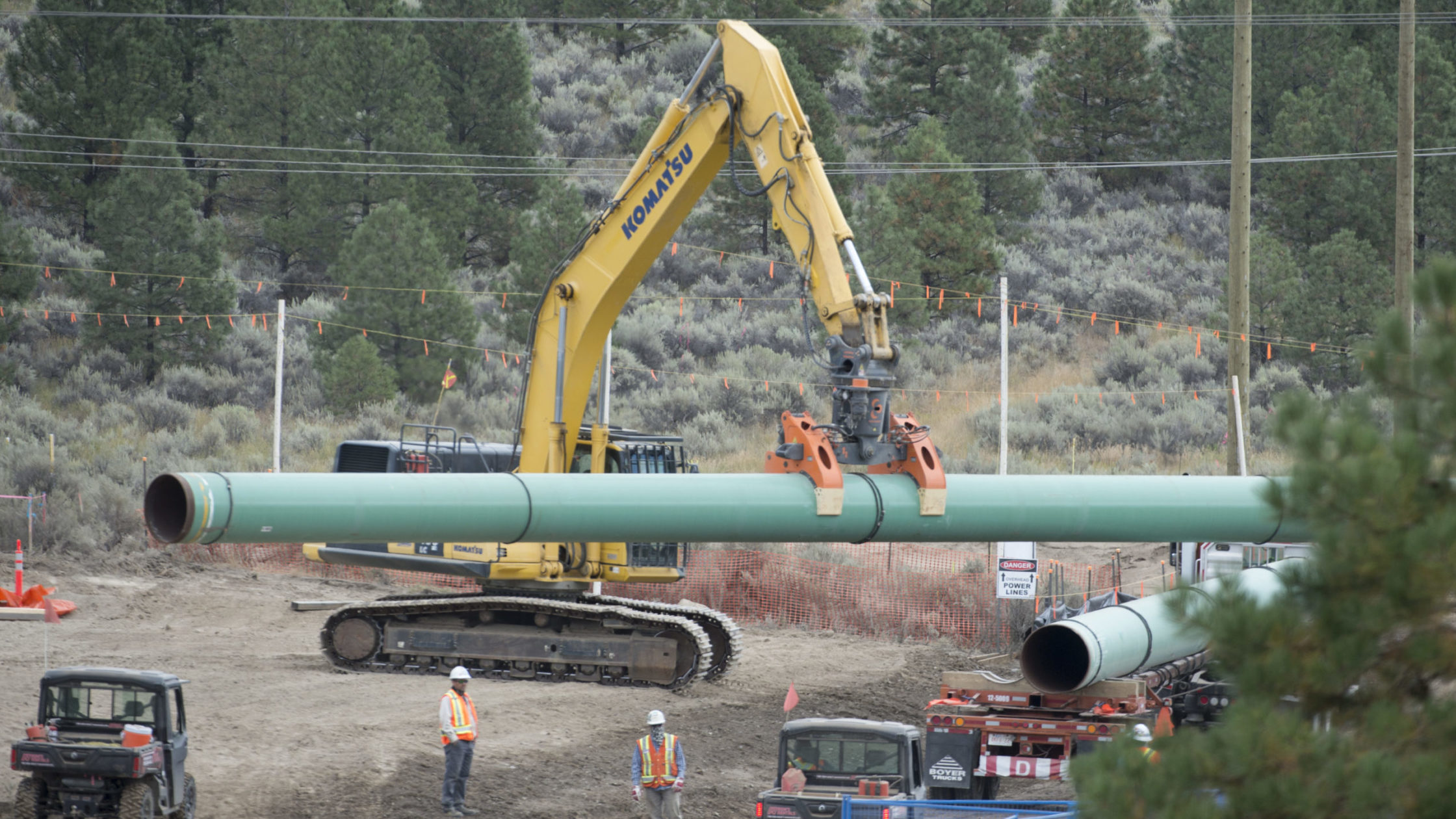Call it a US$14-billion lost opportunity. Heavy oil producers in western Canada could have earned at least $3 more per barrel on average over the last half-decade if there had been enough pipeline capacity, according to a new report by IHS Markit.
“It’s economic value that was foregone by Canada,” says report author Kevin Birn, IHS Markit’s vice-president of North American oil markets.
“That money affects the value producers got, so profitability and the bottom line, but also all the things they could have spent that money on, as well as the tax revenues and royalties that would be generated by that incremental value.”
The issue has also undermined investor confidence in the sector, resulting in ongoing lost opportunity. That continues as Canada turns to deficit spending to recover from the economic destruction of COVID-19.
“There’s been periods of time where oil prices were going up, but the western Canadian price was falling because of the [pipeline] issues,” Birn says.
“Any volatility complicates investment, but if you have volatility in addition to and exceeding what’s happening globally, it compounds the issue.”
The new report covers why, in fall 2018, the price for Canadian heavy oil dropped to more than $50 below US crude benchmark West Texas Intermediate (WTI), and how new pipelines can help make sure that doesn’t happen again.
Unpacking differentials
IHS Markit’s report – recommended reading for anyone with an interest in Canadian oil fundamentals – unpacks the complex world of oil “differentials,” or the variance in price that producers receive for oil based on where oil is sold, how it gets there, and its quality.
Canada’s main oil export is heavy, sour crude that is tracked principally through the benchmark Western Canadian Select (WCS). While heavy oil is more complicated to process than WTI, Birn says that isn’t the main driver of problematic lower prices.
It actually has to do with the cost of transporting the oil from where it is produced in Alberta to where it is consumed, mainly in the US Midwest and Gulf Coast.
All things being equal, the greater the distance a producing region is from demand, the greater the cost and the lower the price a producer will receive, IHS Markit says.
“Canada will always get less than global crudes for our crude oil because of where we’re located,” Birn says. “The opportunity that pipelines can provide is ensuring that we don’t see additional discounts.”
Quality and transport costs
The so-called “quality differential,” or difference in price based on the physical composition of WCS compared to WTI is, on average, about $4 to $7 per barrel, according to IHS Markit. Add on the cost of pipeline transportation, and Canadian heavy crude sold in the US Midwest should receive $9 to $15 less than WTI per barrel.
This all, however, assumes a “free and functioning market” with adequate pipeline capacity.
In recent years, major project delays have caused there to be more oil supply then there is pipeline export capacity. At times this caused some production to get stranded in western Canada and forced producers to take on more costly transportation like crude-by-rail. This expanded the WCS-WTI price spread, at times dramatically.
“The most infamous episode to date occurred in the fall of 2018, when differentials for heavy crude widened to as much as $50 per barrel below WTI,” IHS Markit says.
With Line 3, Trans Mountain and Keystone XL under construction, the report says there is an opportunity for narrower differentials on average in the future, helping to prevent “abnormally-wide” differentials from the past from happening again.
Healthy market for heavy crude
The price spread between WCS and WTI narrowed in 2020, reflecting “relatively healthy demand for heavy oil,” according to the latest price forecast by Deloitte. The differential narrowed to as low as $4.34 per barrel in June of last year, at the same time as companies reduced production due to the COVID-19 pandemic.
Deloitte analysts attribute the narrowed spread to continued strong demand from US refineries, particularly as supply is diminished from other heavy oil-producing regions like Mexico and Venezuela.
Deloitte expects the narrower differential (currently about $12.50 per barrel) will continue in the near-term, widening back to the average of about $15 per barrel by 2022.
The Line 3 replacement project is expected to be in service by the end of 2021, followed by the Trans Mountain Expansion in December 2022 and Keystone XL in 2023.
